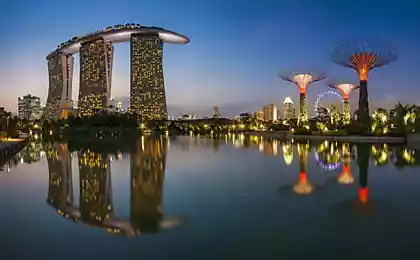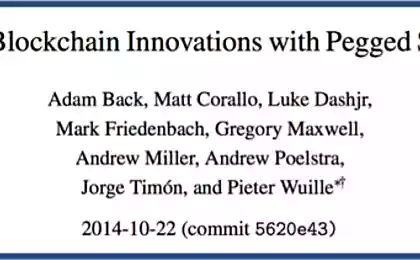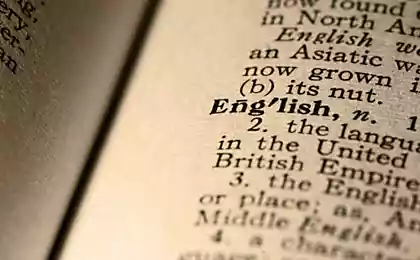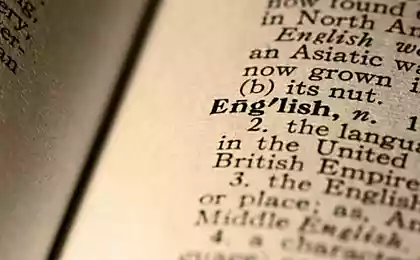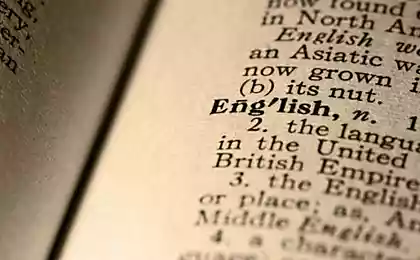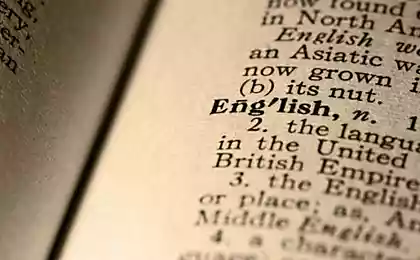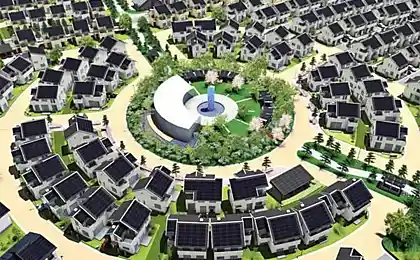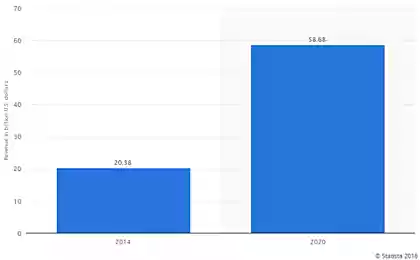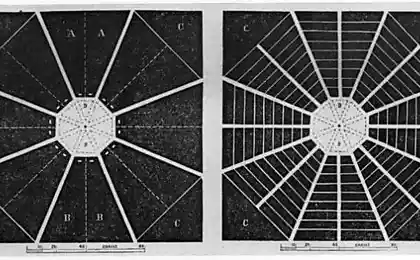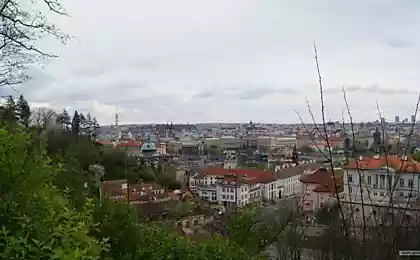1393
Eternal smart city
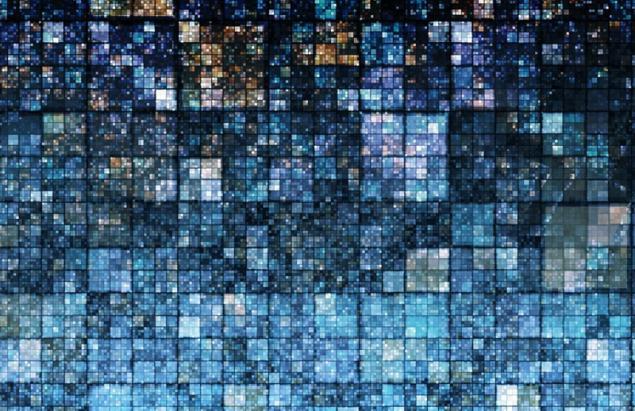
We are well aware of what a "smart city". First of all, it's predictable city. We can get information on traffic jams, natural disasters, fallen tree, alien spacecraft crash - all in real time, while having a clear understanding of what services you need to enable and inform the population. However, before we talk about smart city, let's introduce a criterion for the city "stupid." It's not as easy as it seems, though the examples not far to seek - Moscow is far from the title of "city of the future" (in the list of 100 innovative cities in the world capital of Russia occupies 63rd place).
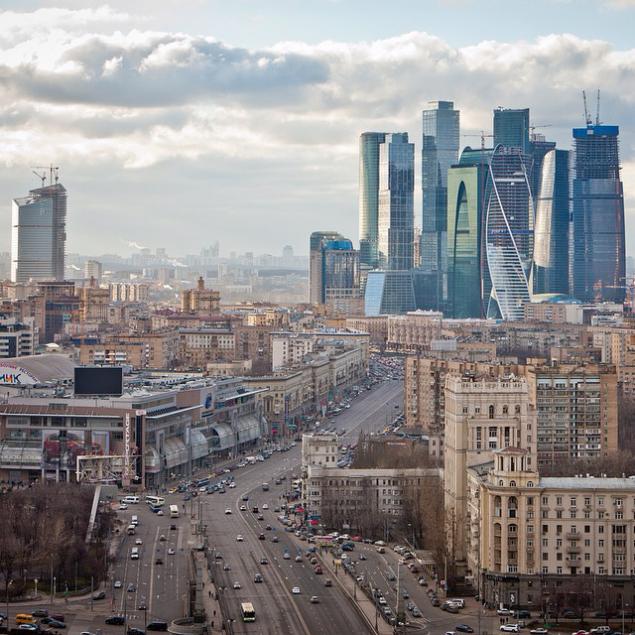
The problem with most cities lies in the fact that almost all of them can not be considered "smart" initially. Our ancestors, founding and developing the settlement, guided by very different principles. So it was that most of the major cities and many capitals are located in the flood plain - the most dangerous place in the vicinity of the river. During the flood or flood area of the city in the floodplain is guaranteed and regularly flooded. Also in floodplains accumulate pollutants, rivers spill blur cemetery, spreading the infection throughout the flow. We brought one of many examples, but in spite of all the dangers of the city really can be considered nearly immortal.
Among all the objects created by civilization, cities increasingly claim to be eternal. The first settlements appeared over 5000 years ago. Their durability, especially by the standards of ordinary human life, has always attracted the attention of researchers. Ancient cities of our world - more than 3000 years. For comparison, the old company - about 1 000 years, and their number is not comparable to the number of ancient cities.
Very few businesses there are at least 100 years. Recall how sustainable city can be hundreds of thousands of homes were virtually destroyed by bombing during the Second World War. But the buildings have been built up again and people returned to their habitats. In contrast to countries whose borders are very unstable and from time to time subject to revision, the city remained virtually indestructible, expanding naturally.
One reason for the sustainability of cities can be considered that they are effective: they are related to the increased performance. The city is great and perform a social function: they connect one with the other people. In the city we find people just like ourselves, and people totally unlike us. City - an area where creative people want to live and work in order to collaborate with others and receive certain benefits of civilization.
According to a recent report by the UN Department of Economic and Social Affairs, for the first time in human history, more than half the world's population lives in cities. By 2030, the world will be 41 cities with a population of more than 10 million people. And in 2050 already 2/3 of people will live in urban environments.
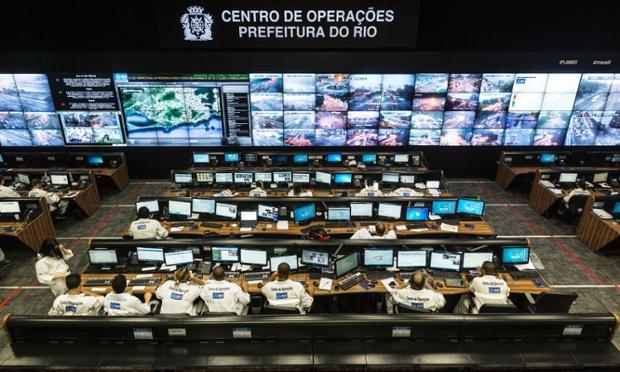
How to make the city more efficient, given the steady increase in population? Companies such as IBM, Cisco and Samsung is actively promoting the concept of "smart cities", using digital technology. An excellent example of this concept is the control center in Rio de Janeiro, built by IBM. It was originally planned to create an operational headquarters for dealing with natural disasters, but by studying the experience of other cities, the city authorities have opted for a model designed for the entire population of the city and all city services, including utilities and public transport. Control Center brings together more than 30 agencies and partner organizations, reducing response time by eliminating bureaucratic barriers and strongly encouraging cooperation.
In Center flocking data from sensors located throughout the city. On the video screen area of over 75 square meters. m. in real time broadcasting is conducted with 800 cells. In Hour Center monitors the main systems of the city, recorded and integrated data about the weather forecast, the level of rivers, satellite photos, video, data utilities, security services of air and water pollution, etc.

As you can imagine, the city generates a huge amount of data - and will generate a lot more in the near future. With the increasing number of sensors, many urban areas will produce more data than today receive the Large Hadron Collider. Receipt of such a volume of information will require the development of a reliable wireless and wired infrastructure. Investments in broadband networks of the next generation will be needed to meet the needs in the transfer big data.
On the example of Rio de Janeiro, we see that digital technology can be used to improve the efficiency of the city. But at the same time, there remain obstacles to mass adoption of this model. The financial and legal support for slow processes of investment in the necessary infrastructure. There is a problem with security: any system of this level may contain errors or be hacked. For example, in 2006, a bug in the software control system of high-speed trains plying in the San Francisco Bay Area, a day led to three full disconnection.
Large systems that provide centralized management, this is an excellent target for those who want to keep track of all the events in the city. In postsnoudenovskom world, no one can guarantee that the data collected are not residents of the city to exploit the state, multinational corporation or any person to access them.
However, there is another way to make the city smarter. In many countries, young activists are trying to solve the issue of access to government data. Secured technology and the right information, they could implement the model smart city better and cheaper (not on the model of governance through the all-powerful supercomputers). Major vendors are unable to assess the human aspect that makes the city special. Rather than share information, collaborate with each other and effectively develop a functional infrastructure of the city, they are more interested in using digital technology to connect to their residents.
Proposals "from below", based on the use of the Internet, mobile technologies, despite the attractiveness, have a limit. A small application designed to serve the residents of the community, it is difficult to scale to encompass the wider community.
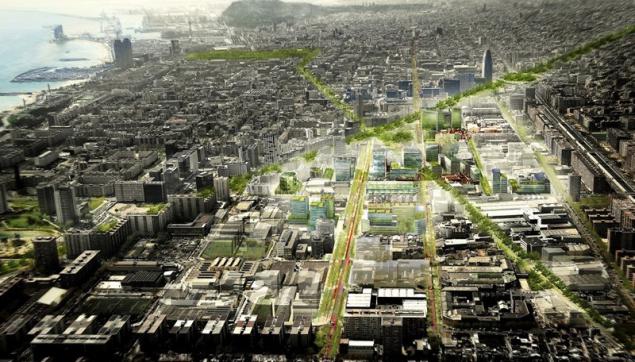
Given the limitations of the approach as a "top-down" and "bottom-up", a way to create smart cities remains the most promising? Mayors in cities such as New York, Boston, Philadelphia and San Francisco have been working hard to improve access to government data and help enthusiasts to develop applications that use the data.
In Chicago, for example, proposed a number of initiatives that go far beyond the usual introduction of technology. Among the priorities identified in the plan indicates the need to use technology to improve government services and civil support innovation. The plan also calls for increasing the availability of broadband for all businesses and residents.
A number of major cities, including San Francisco, New York, London, Dublin and Singapore, have developed their own technology plans. Although they all share a strong belief in the power of technology, each city approached the problem with a set of distinctive priorities and strategies that reflect its specific features.
Another encouraging sign of progress is to expand researchers' interest in "Science City" in an attempt to understand how they work. In a world of hundreds of thousands of cities, from very tiny to huge cities. The more of them will begin to look for ways to use intelligent digital technology, the sooner we get to the real world of smart city.
Source: geektimes.ru/company/airbnb/blog/242594/
How to save the sight and develop imagination, working with the recorder
The Chinese space program: own rover, space station by the end of the next five-year period plus heavy booster


